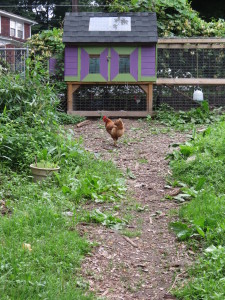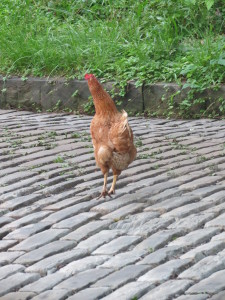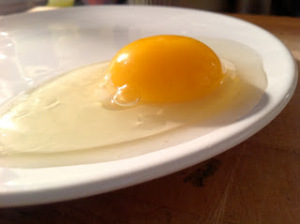I married a beautiful woman and we moved away, across state lines and dark oceans and into new skin. Ten years passed—ten years of having children and getting lost and finding ourselves over and over again. After those ten years passed, we moved back. We moved home.
I was introduced to home when I was six years old and my family moved from the scorching, dusty heat of Laredo, Texas, back to the cold, wintry farmland of Lancaster, Pennsylvania, where my ancestors had farmed and lived for hundreds of years before me. It was December, and the sky was low. The slate grayness of it scraped the tops of the rounded silos and tugged on the rooster weather vane standing watch at the peak of the tallest barn.
That was the year I learned what a cousin was, and how to tie my skates together so that I could hike through deep snow all the way to the frozen pond. That was the year my father taught me how to ride a bike by letting me drift over the steep bank in the front yard, where two tall oak trees watched over my shoulder. That was the year I learned how to put a wriggling worm on a small hook and cast it into the creek without snagging the low branches.
That was where I learned a place can feel as familiar as the wrinkled hand of your first child the moment they’re born. You can know a place before you even live there.
I’ve wondered for years now how that can happen.
* * * * *
Not long after returning to these familiar back roads and broken road signs, still not fixed or set straight, I decided I wanted to take my children to the creek that runs behind the old church, the one across the street from the farm where I grew up. It was a small, brick, steepled church with a parking lot full of fool’s gold that I had, once upon a time, pried from the macadam with an old dime.
So we drove there, and as we drove, I told them all the old stories about what made the loud breathing sounds in the deep shadows of the barns, and what flashed just out of sight in the empty other half of the farmhouse, and how the cemetery beside the church where we played hide-and-seek shifted and sighed, and how we always ran home scared of ourselves.
Some things had changed. The two old oak trees were gone. The church parking lot was newly paved and painted with fresh white lines, and other trees had been taken away. We slid down the steep bank behind the church and I realized the field along the creek, the one that used to be full of grazing cattle, now stood tall with late-summer corn, seven feet high and staring at us. The creek moved slower, as if old age had mellowed it.
But other things were there waiting to be reclaimed. The old tree, for one—the same one that used to steal our fish hooks—stood with its hands outstretched. The smell of the mud. The snagging tug of a small fish on the line, and the way it gasped for breath while we carefully removed the hook, the way it paused in the shallows, elated at this chance at new life. The way the time passed, slow and heavy in the heat.
It is a relief to me, and it is a sorrow, the way these places wait for us to come back, the way they welcome us as if nothing important has been lost. And we go about our business, trying not to look directly at the empty space that once held a crucial thing: an old oak tree, or a fishing buddy.
I tell my children to cast in the line one last time. I fix my stare on the small plastic bobber, and I pretend that nothing has changed.

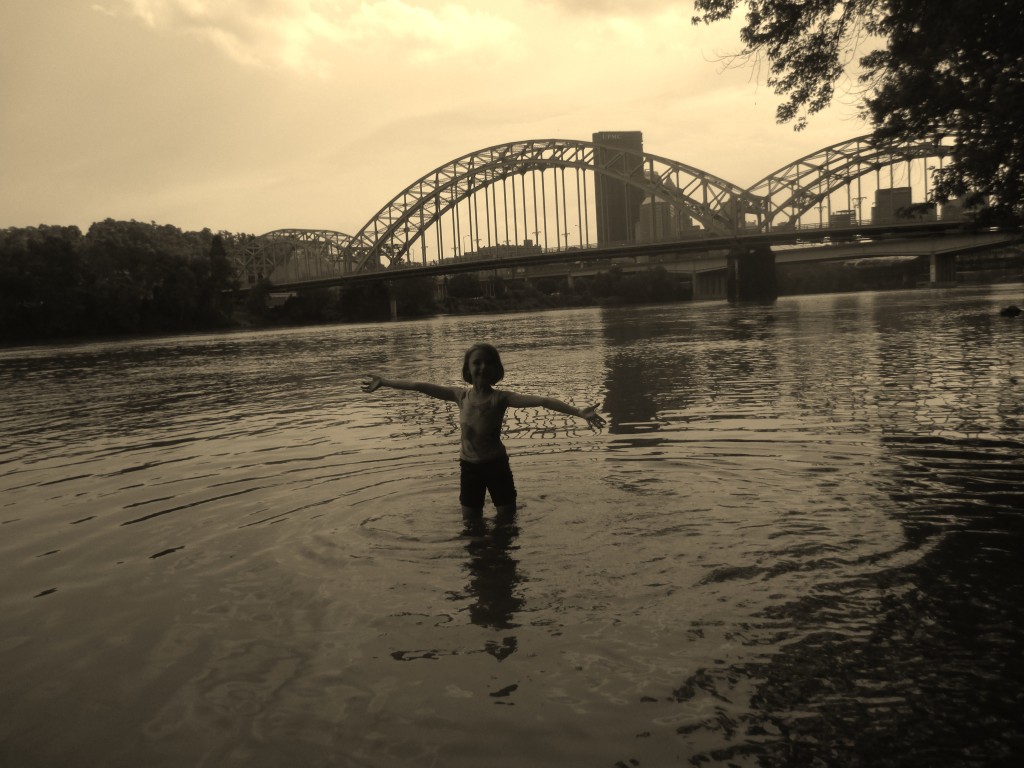

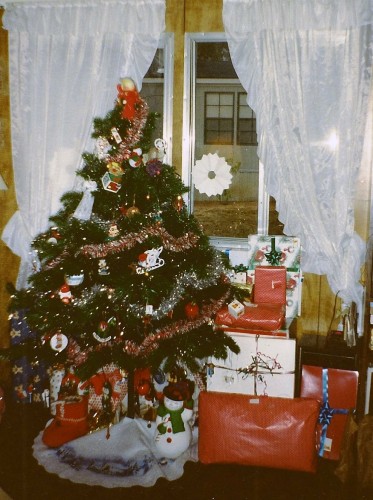

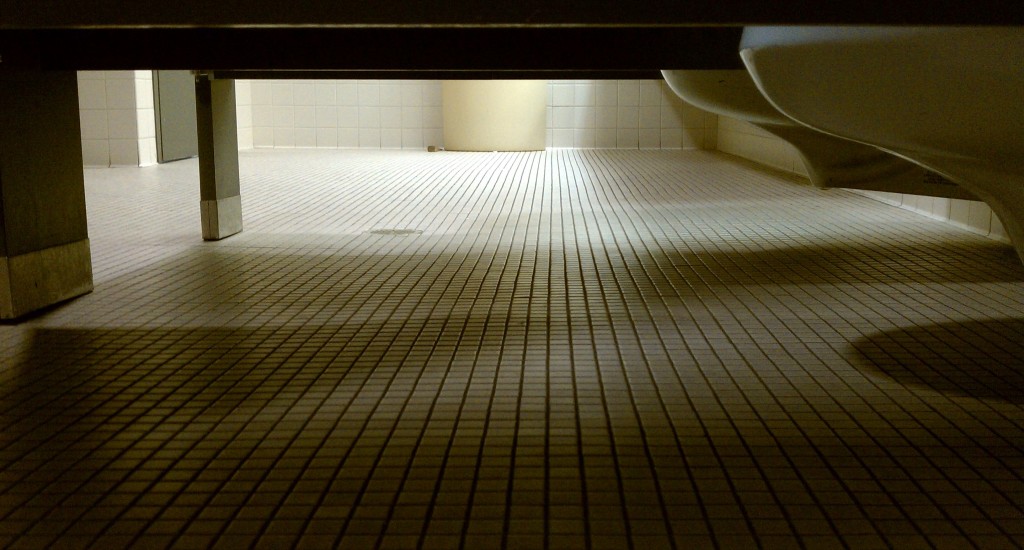 but her sister had already dropped her pants and planted herself on the toilet. I glared at her, “Just hurry up, okay?” My youngest recovered quickly, as she does, and crouched on the bathroom floor–she wanted to see the shoes of the person in the next stall. “Stop it!” I warned, “and don’t you dare touch that floor! I told you bathroom floors are dirty!”
but her sister had already dropped her pants and planted herself on the toilet. I glared at her, “Just hurry up, okay?” My youngest recovered quickly, as she does, and crouched on the bathroom floor–she wanted to see the shoes of the person in the next stall. “Stop it!” I warned, “and don’t you dare touch that floor! I told you bathroom floors are dirty!”